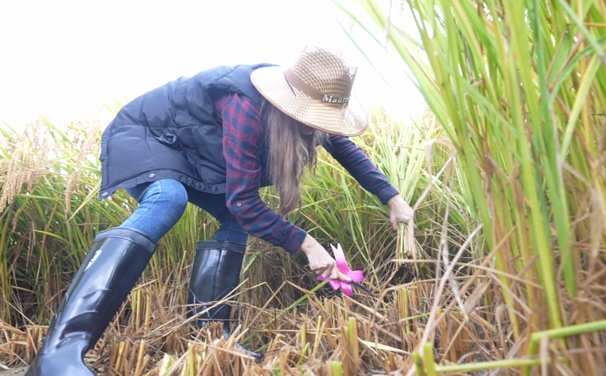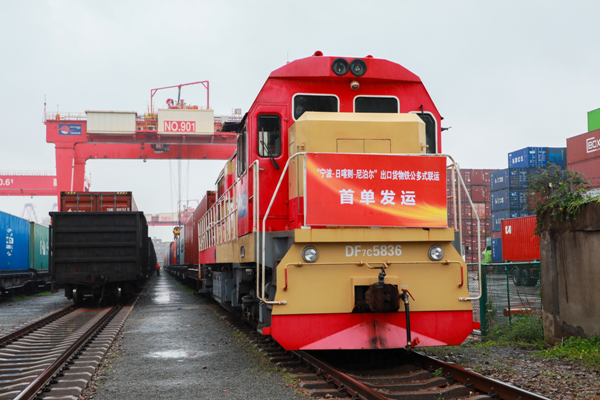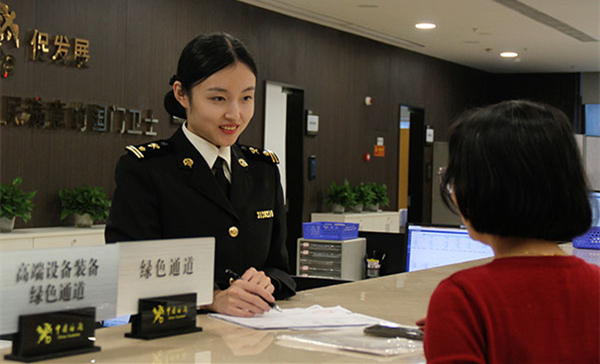Income levels of Ningbo residents expand in H1
Ningbo's overall per capita disposable income in the first half of this year amounted to 38,254 yuan ($5,885), up 5 percent year-on-year in nominal terms, according to local statistics authorities.
The growth rate is 0.8 percentage points lower than that of the first quarter and 4.1 percentage points lower than 2021.
The slowed increase in income can be mainly attributed to the resurgence of the COVID-19 epidemic which has adversely impacted enterprises, especially those in the service sector, experts say.
Wage was the biggest source of income for residents in Ningbo, followed by net operating income, net transfer income and net asset income.
The city's per capita wage income from January to June stood at 21,628 yuan, up 2.8 percent year-on-year in nominal terms.
Meanwhile, the per capital operating income, net transfer income and net asset income were 7,005 yuan, 5,397 yuan and 4,224 yuan, up 3 percent, 18.2 percent and 4.6 percent respectively.
Over the same period, the per capita consumption of local residents was 21,300 yuan, rising by 6.3 percent year-on-year.
Spending on food, alcohol and tobacco, housing, daily necessities and services, as well as transportation and communications reported positive growth, while expenditure in clothing, education, culture and entertainment, as well as medical care shrank.
Local residents spent the most on food, alcohol and tobacco, which stood at 6,493 yuan during the period, followed by housing (5,841 yuan), and transportation and communications (3,097 yuan).
Robust growth was seen in the expenditure on transportation and communications over the six-month period, which expanded by 38.1 percent due to the rise in fuel prices and increased car sales due to the tax exemption policy.
However, consumption in education, culture and entertainment fell by 16.8 percent. This was mainly driven by the ban on off-campus academic tutoring activities and the suspension of entertainment venues due to the epidemic.

 China makes outstanding contributions to global energy transition
China makes outstanding contributions to global energy transition 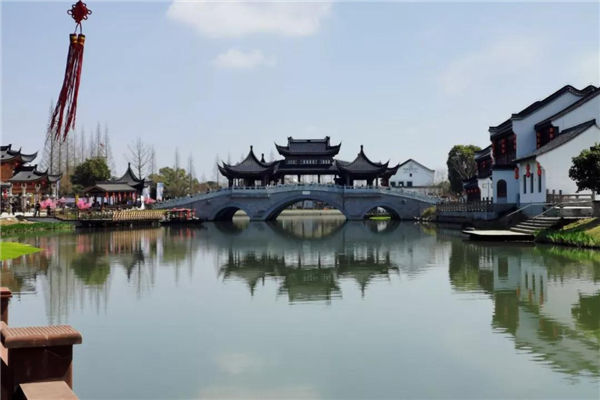 Ningbo village inspires Malawi official
Ningbo village inspires Malawi official 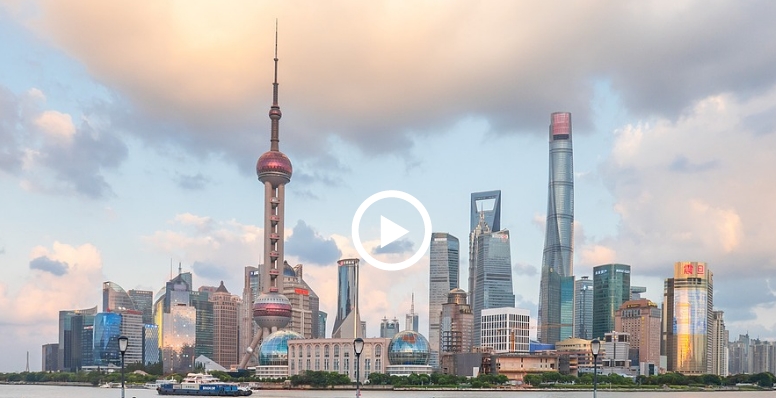 A look at China's economic data in the first three quarters of 2024
A look at China's economic data in the first three quarters of 2024 